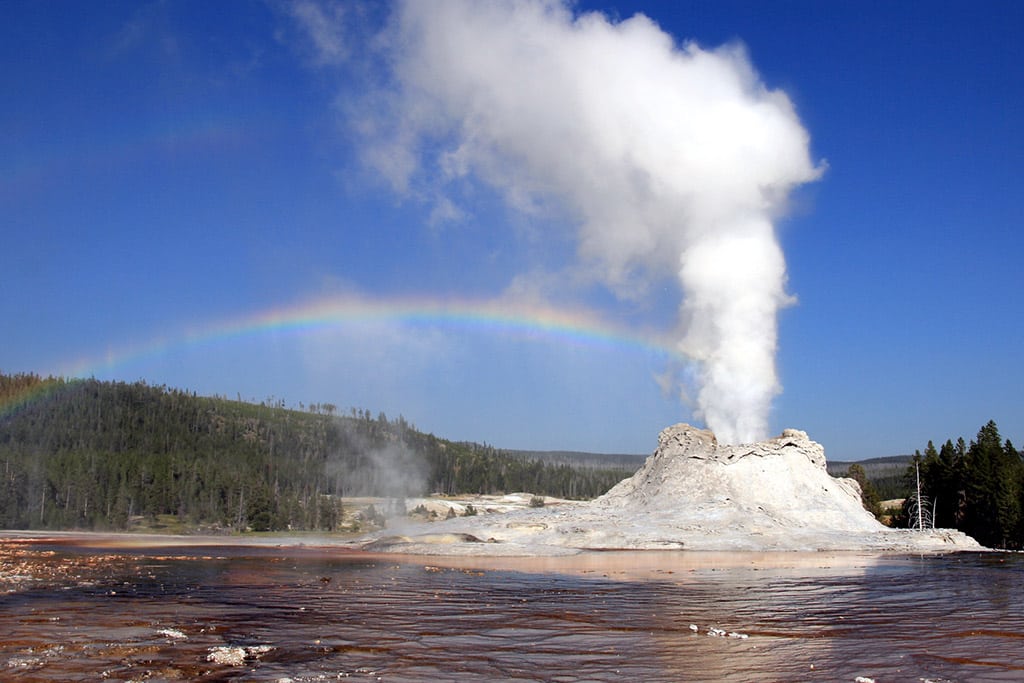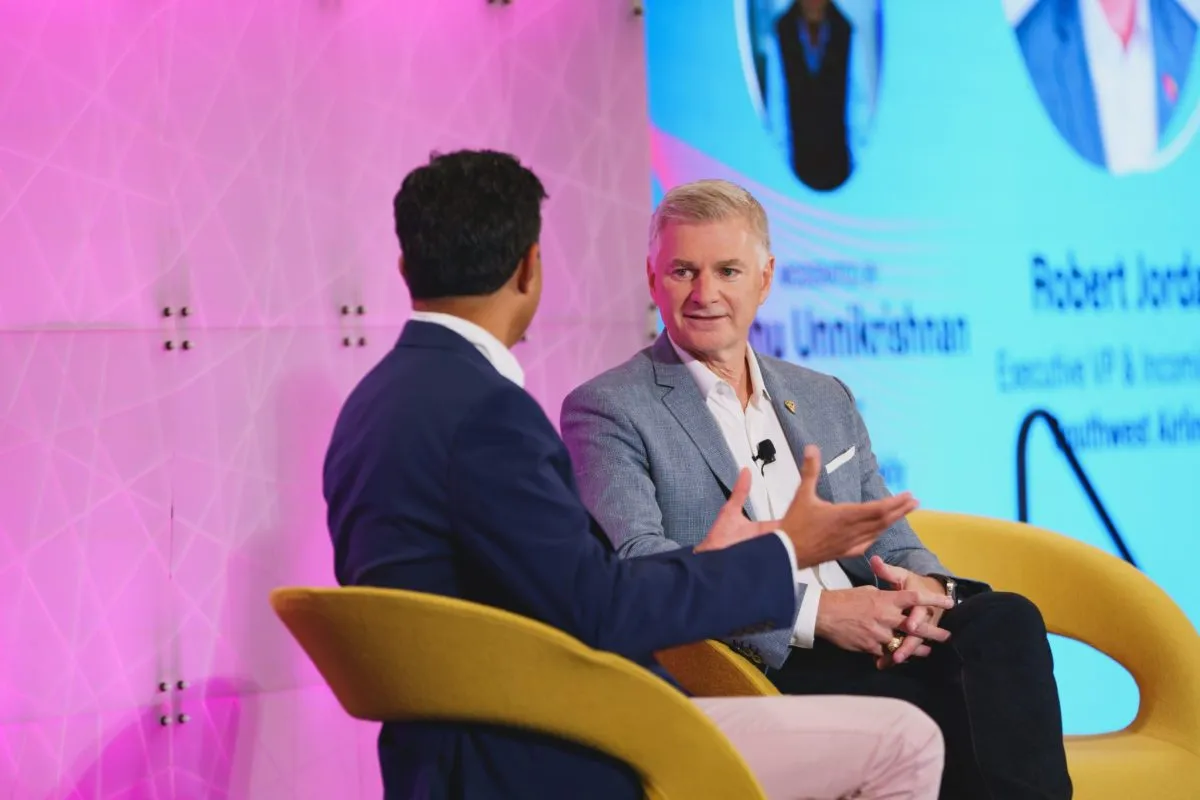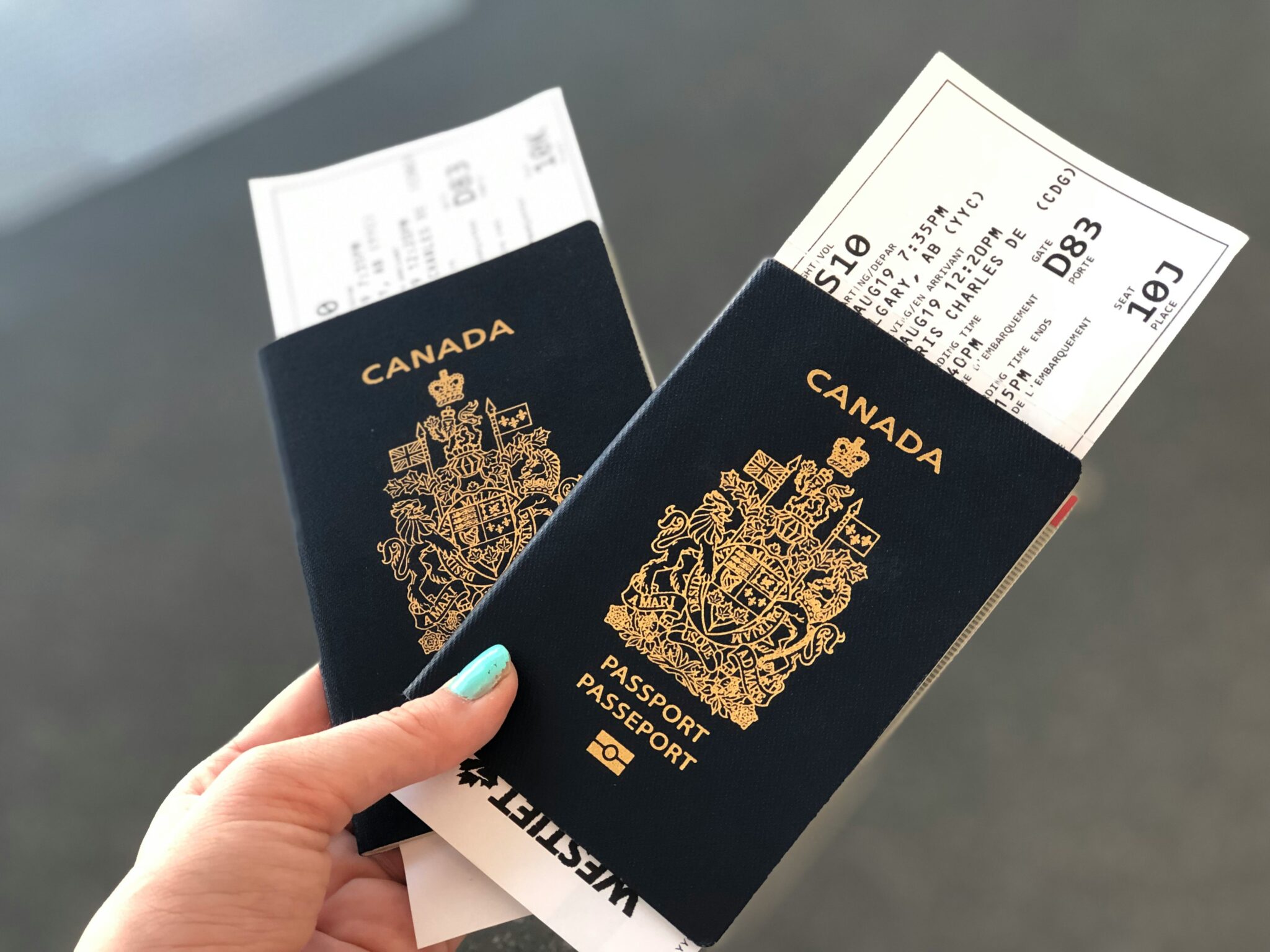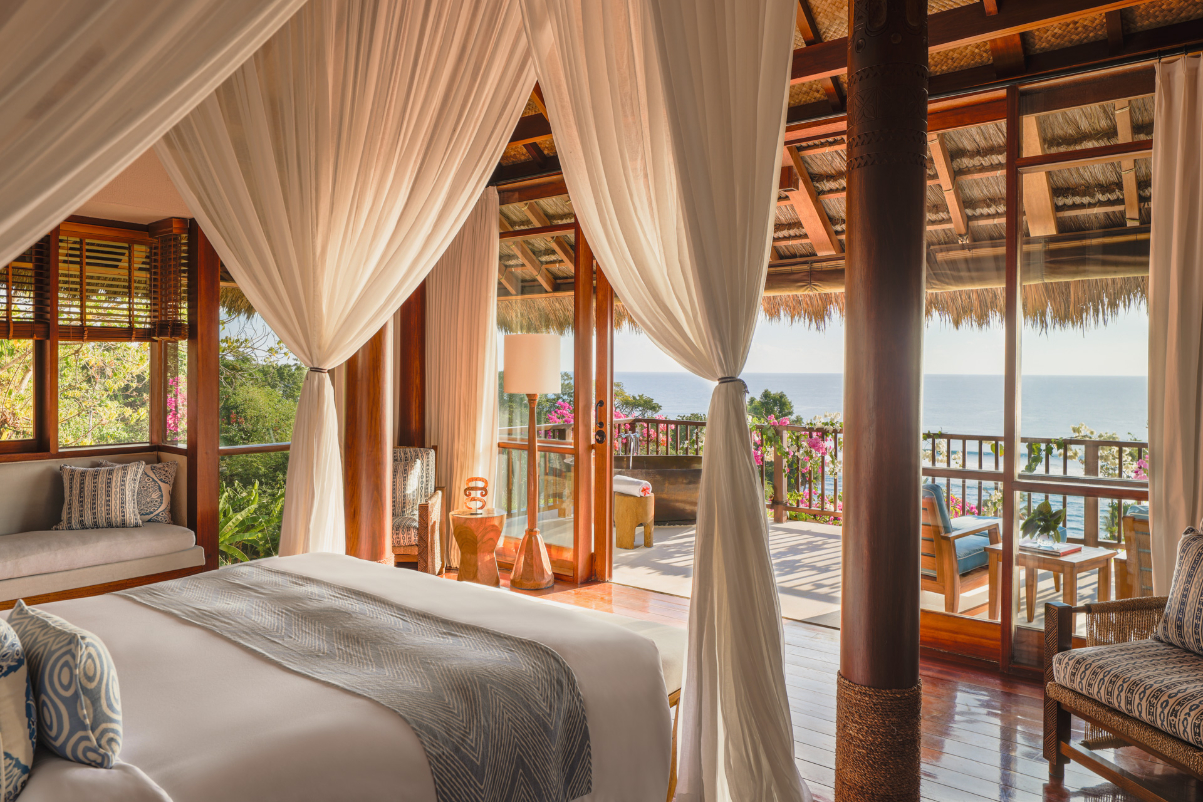How Travel Companies Use Surprise and Delight To Make Tourists Happy

Skift Take
What better way to find out what visitors are thinking than get a sneak peek inside their brains.
That's exactly what Dr. P. Read Montague, an associate professor of neuroscience at Baylor College of Medicine in Houston, has done. Well, he wasn't exactly looking for reactions to tourism, but findings can be applied and why they can have a powerful impact on future business.
Here's a quick recap of his discovery. When people were given either juice or water at regular 10-second intervals while their brain activity was analyzed on an MRI, neither beverage seemed to get people very excited. But when the drinks were given at random intervals, the brain's reward center "lights up like a Christmas tree on the MRI" when they received a taste of either beverage, said Dr. Montague. "That suggests people are designed to crave the unexpected."
How does this fit with tourism? Destinations and providers that find a way to provide an unexpected perk, have a strong chance to make a lasting positive impression. The flip side of this is the lack of response that comes from expectation. Imagine you're heading to a destination and several of the promotional photos of this city you see in advance show a rainbow over it. Now imagine you get lucky during your visit and happen to catch one of those rare rainbows. Nice, but not such a big deal . . . you were expecting it.
The Four Seasons hotel chain has implemented a "surprise and delight" directive at the heart of their service and marketing. Christopher Hunsberger, Executive Vice President of Product, Service and Innovation at the Four Seasons Hotels and Resorts, confirmed in an interview with TrendReports that "we keep a record of preferences [guests] shared with us previously which we use to surprise and delight them during their stay."
The Four Season's marketing manager, Felicia Yukich, was quoted in an interview with Larry Mogelonsky that she has "incorporated Twitter into our service delivery so we are able to address issues, anticipate needs and generally surprise and delight the guest, using information they have shared publicly as well."
It doesn't take a big budget, just a bit of empathy for the visitor. When Singapore's award-winning Changi Airport (Skytrax has ranked it first, second or third, for each of the last 13 years) placed free foot-massage machines around the terminal, they surprised and delighted passengers enough to get many to take pictures and post them on social media.
Here's another simple example. We often need to charge our phones at the airport and it's often frustratingly difficult to find an electrical outlet to use. Samsung spotted this need and kindly provided free charging stations – a solid surprise-and-delight product. But now that we're used to them, the surprise factor is waning.
Changi Airport has gone one better and provided free phone charging lockers, which allows visitors to securely lock their phone away while its charging so they don't have to hover over it like an over-protective parent. Not only is it a pleasant relief for battery-drained passengers, it allows them to do other things while their phones are charging, like shop and eat – a nice economic boost for the airport.
The trick for destinations, hotels, and other travel providers is to be creative and put themselves in the shoes of the visitor. When are they feeling tired or frustrated during their journeys and what can the businesses do to solve it?
Doug Lansky is the Destinations Editor for Skift, an author and travel writer who has been published in dozens of major publications from The Guardian to National Geographic Traveler, an advisor for destinations, and an acclaimed keynote speaker at tourism conferences around the world. More at www.douglansky.com.




